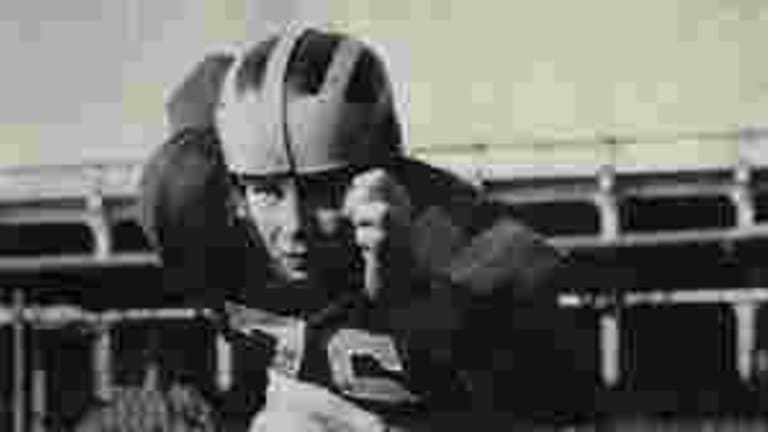The calendar has been kind to those of us here in the United States who are football as well as tennis fans. I can remember sitting in my hotel room in Melbourne during Australian Opens of the past, watching a commercial-free broadcast of the Super Bowl, with a pair of competent but relatively unknown commentators, all the while shaking my head and thinking, “This just ain’t right.”
I’d glance at the coffee table, wondering, “Where’s the chips and sour cream-and-onion dip? (Best made from a simple French onion soup mix packet.) Why must I call room service and get hosed for 15 bucks for a lousy beer, when I ought to be spearing my fifth from the fridge? Isn’t Apple, Budweiser, or E*TRADE supposed to bust out the greatest commercial in the history of television right about now?”
Thankfully, for a few years now we’ve had the welcome break of a week between the Australian Open final and the Super Bowl. Just time enough to catch your breath and change mental gears. Soon we’ll be rolling our eyes at the very words, “wardrobe malfunction.”
Now we can focus on the inevitable controversies—will we have a critical time-out called late in the big game because Ray Lewis has a “locked rib?”—and numerous, rich subtexts. The latter is something tennis generally lacks because its major source of appeal is also its outstanding shortcoming as a sporting enterprise: It’s an individual sport, a tightly-packed cluster of stories or narratives that intersect only briefly and in pretty small ways.
In tennis, once you get beyond the relatively simple answers to questions like, “Can Djokovic handle Murray’s first serve?” Or, ”Can Nadal find Federer’s backhand?” the particular theme in question dries up, quickly. Tennis isn’t rocket science, but football is—or at least the closest thing there is to it in sports.
Football is the most strategic of all games, and success or failure really does depend on how well or badly all 11 of the moving parts on either offense or defense work together. Full disclosure: Football is the only sport besides tennis that I care about and bother to watch, although I think I would like hockey, too—if only I could see that danged puck.

